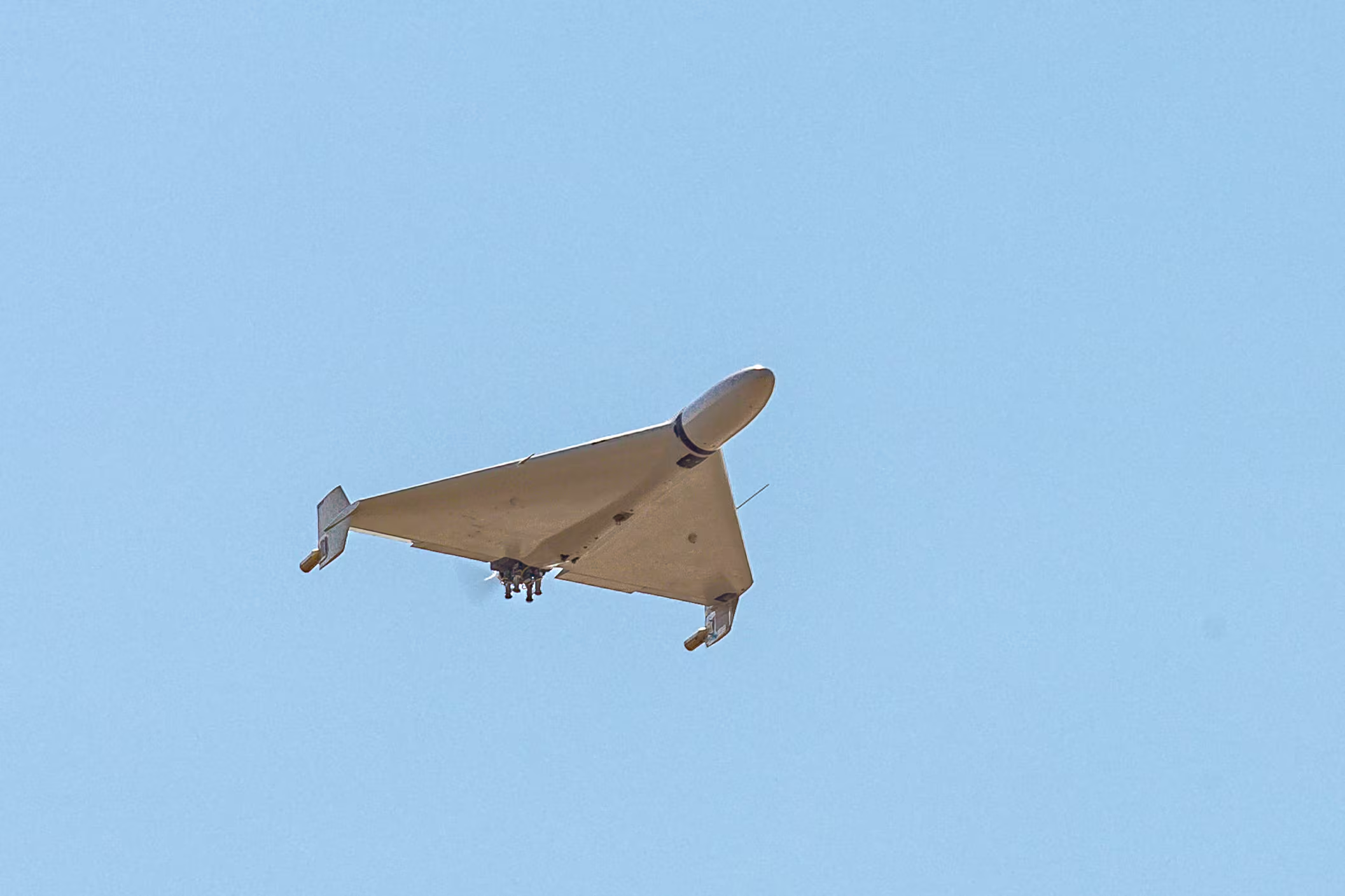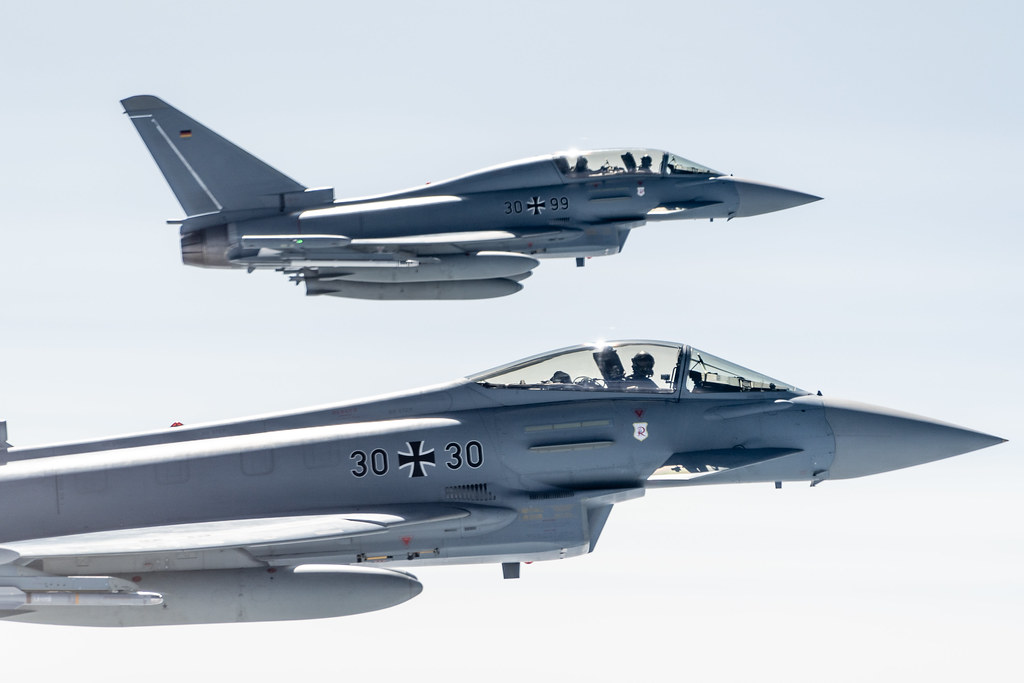Why Ukraine’s best air defense teams are suddenly useless

Ukraine’s air defenses are losing the drone war. Russian engineers have made their Shaheds fly twice as high and much faster while Ukrainian cities rely on systems that can’t keep up.
With the newest Shahed versions carrying increased payloads, each Russian night assault becomes more and more deadly as the Kremlin doubles down on its tactic of terrorizing Ukraine’s civilian population into ceasing resistance.
The numbers are getting ugly. Ukrainian missile systems track 20 targets maximum. Russia launches dozens at once and plans to send hundreds simultaneously, according to Ukrainian outlet Texty. Ukrainian officials failed to prepare adequate countermeasures despite having the groundwork for years.
Russian upgrades are working
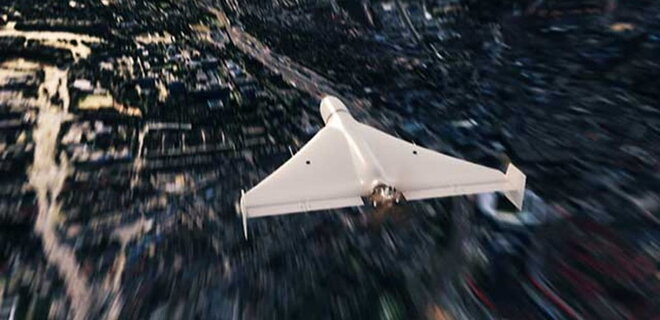
Original Shaheds flew low and slow — easy targets for Ukrainian mobile teams with machine guns. Not anymore.
Russians removed restrictions on Iranian engines. Current Shaheds cruise at 2,500-2,800 meters altitude hitting 200-210 km/h. Some new jet-powered variants reach 550-600 km/h.
Higher altitude puts them beyond machine gun range. Faster speeds make helicopter chases nearly pointless — choppers max out around 250 km/h, forcing 5-10 minute pursuits of individual drones while swarms pass through.
Electronic warfare used to save Ukrainian cities. Operators would spoof GPS signals, sending Shaheds into empty fields instead of apartment buildings.
That’s over. Modern Shaheds pack 12-channel “Comet” navigation systems. Where one jamming device worked before, now you need 12+ working simultaneously. The drones resist jamming from below and horizontal angles — you can only affect them from above. Good luck with that.
“We’re lucky because Russians still have problems with launchers,” notes the Texty analysis. “They can’t launch more than four drones per time unit. When they get more Shahed launchers, then we’ll be sad.”

Air defense mathematics don’t work
Each Ukrainian air defense system handles 10, 15, maybe 20 targets at once. Period. Doesn’t matter how many systems you have — launch enough drones and some get through.
Add decoy drones to the mix, and things get worse. Russia launches real Shaheds alongside “Parody” foam decoys designed to look like transport planes on radar. Operators waste ammunition on fakes while real threats slip past.
Systems need reloading time. During those minutes, drones penetrate defense perimeters unopposed. Russia currently attacks with dozens of platforms. Soon it’ll be hundreds targeting individual cities.
Germany’s Skynex system works well against low-altitude drone swarms clustered in small areas. Its 35mm programmable rounds cost $500 each and detonate near targets.
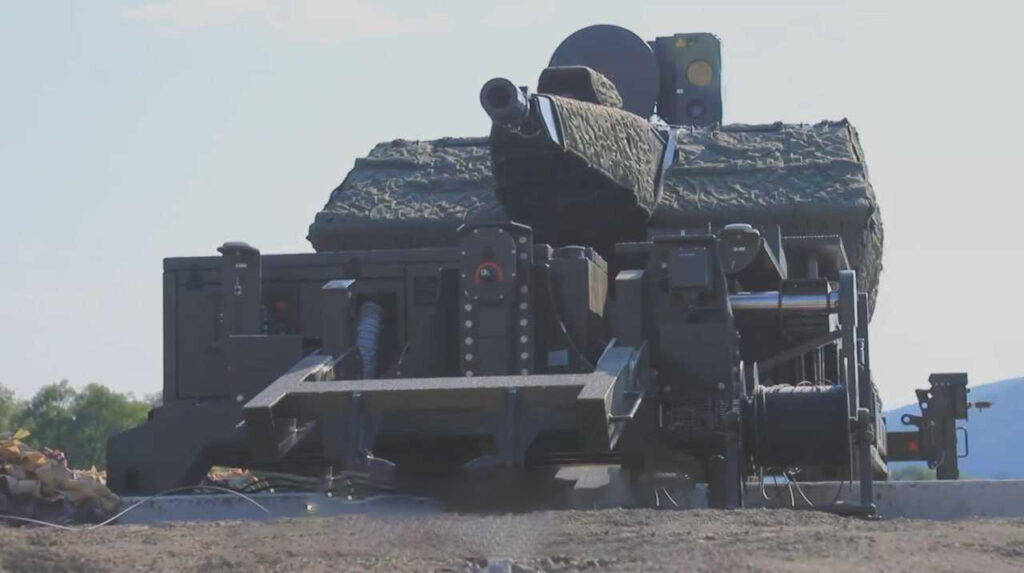
But at 2,000+ meter altitude with decoys mixed in? Effectiveness drops sharply. Shaheds get through.
Mobile teams becoming irrelevant
Ukraine’s mobile anti-aircraft groups used to be the most cost-effective drone killers. Teams with machine guns mounted on pickup trucks would hunt down low-flying Shaheds.
Current drone tactics make this nearly impossible. Shaheds approach at 2,000-2,500 meters then dive almost vertically onto targets. Mobile groups can only engage old models still flying low profiles.
Practice from recent raids shows destroying diving drones is extremely difficult. Hitting Shaheds on high-altitude routes? Nearly impossible.

“Bucha Witches” take down the drones that once hunted them
Solutions exist but production lags
Anti-Shahed interceptor drones could work. Ukraine’s been talking about them for over a year. Volunteer organizations actually use them.
“Come Back Alive” fund reports shooting down 17 Shaheds and 30 “Gerber” decoys since March. That’s it—a drop in the ocean.
The state has “significantly more capabilities than large volunteer funds” but hasn’t established industrial production. Colonel Vadym Sukharevskyi reported successful drone-on-drone kills in February. Then came military bureaucracy, Defense Ministry delays, and Sukharevskyi’s dismissal. Nothing scaled.
Ukrainian forces test laser systems. They work faster than conventional weapons but need time to focus on targets. If drones approach in wide formations, even high-speed lasers can’t react everywhere simultaneously. Plus they’re expensive and mostly unavailable.
Surface-to-air missiles remain the only reliable countermeasure. The problem is that they’re “rare and expensive goods.”
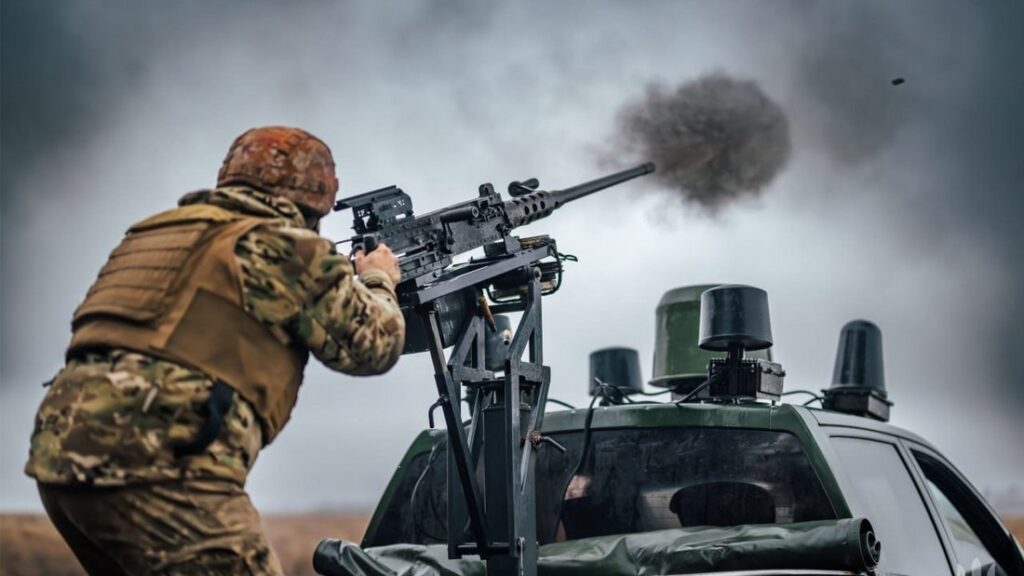
Threat keeps escalating
Russia isn’t standing still. New Shaheds carry 90-kg warheads—double the original payload. Weekly launches increased from 200 to over 1,000 by March 2025.
Ukrainian President Volodymyr Zelenskyy recently warned that Russian weapons contain technology from 12 nations, including the US. Captured Shaheds reveal more than 30 Western-manufactured components—American servo drives, Japanese batteries, Canadian antennas.
Meanwhile, the US redirected 20,000 promised air defense missiles from Ukraine to the Middle East.
Texty concludes Ukraine will eventually organize new anti-Shahed defenses. Question is whether adaptation comes fast enough to protect cities from increasingly sophisticated attacks.
The drone war is becoming a race between Russian engineering improvements and Ukrainian defensive innovation. Right now, Russia’s winning.
